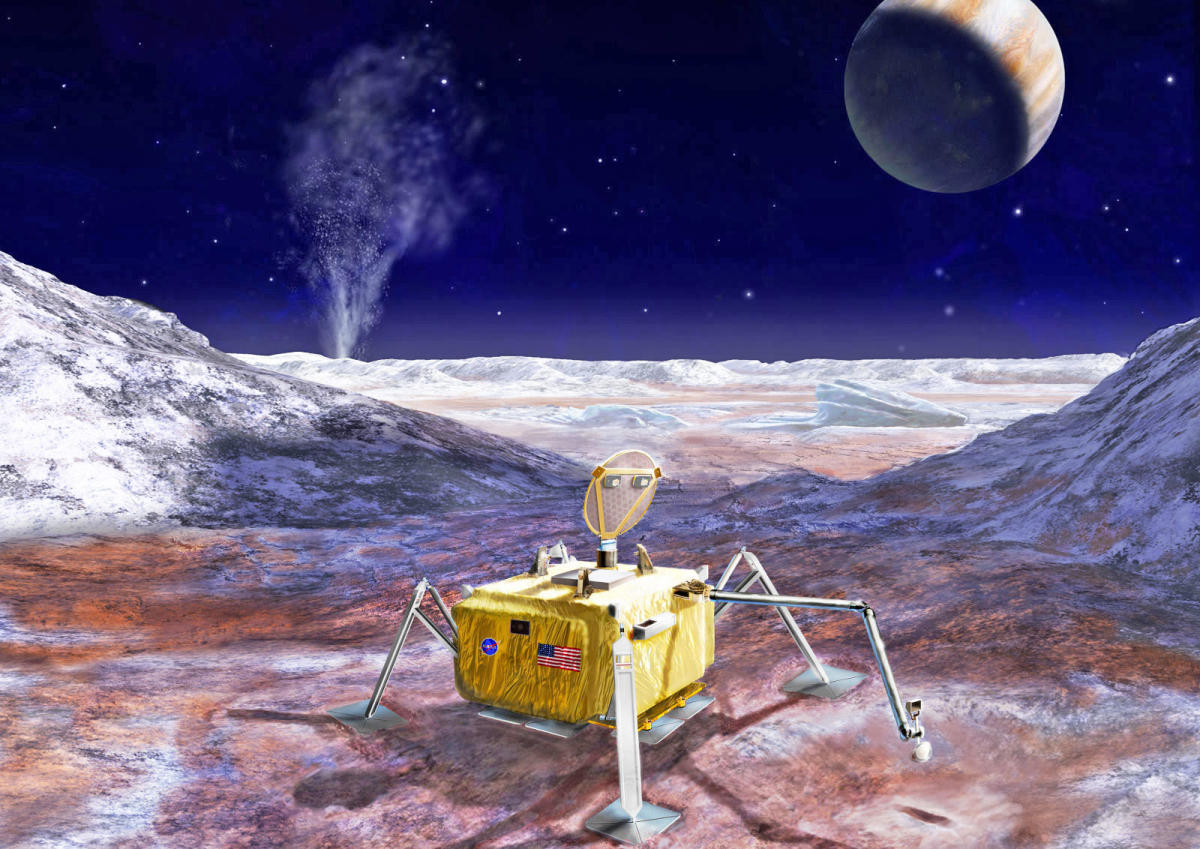Engineers have proposed to create hybrid reactors based on reactors that will use both synthesis and separation of matter. They are proposed to be used in missions exploring the icy moons of giant planets.

Icy moons of giant planets?
The giant planets of the Solar System have many moons, almost entirely consisting of water ice: Callisto, Ganymede, Europa, Enceladus, Dione and Triton. Scientists suspect that in the depths of almost every one of them lies an ocean of liquid water, which they would like to study.
Missions to study these celestial bodies should start in 2023 and 2024. We are talking about ESA Jupiter Icy Moons Explorer (JUICE) and Europa Clipper from NASA. They should get to the Jupiter system and start their research there in the early 2030s.
However, the problem of these missions is the icy crust of these moons, the thickness of which can reach several tens of kilometers. Scientists continue to argue about which method to choose to overcome it: mechanical drill or high-temperature melting.
In the end, a probe that tries to reach the subglacial ocean must not only violate the integrity of the ice, but also somehow throw out the result of its work, as well as the valuable samples found. In particular, researchers from the Glenn Research Center at NASA proposed using heat from a nuclear reactor for this purpose.
Ice melting reactor
Usually, in order to melt the ice of Jupiter’s moons, it is planned to use uranium-235 or plutonium-238 separation reactions. But in the project selected for the first stage of the NASA Innovative Advanced Concepts (NIAC) program, it is proposed to assign this work to a completely new type of hybrid reactor.
In fact, we are talking about thermonuclear fusion, the implementation of which people have recently approached. It is a powerful source of energy, but it is quite difficult to implement. Scientists have come up with a way in which a thermonuclear reaction occurs without creating extremely high pressure and temperature.
We are talking about reactions in deuterated materials. An article about their possibility was published back in 2020. The reactor will be a crystal lattice consisting of a compound of radioactive materials with deuterium, a heavy isotope of hydrogen.
Researchers have already shown that deuterium or tritium atoms, falling into such cells and being influenced by X-rays from the separation of deuterated uranium, thorium or etherbium, are able to merge together. As a result, the reactor produces a large amount of energy that can be used to melt ice.
According to phys.org
Follow us on Twitter to get the most interesting space news in time
https://twitter.com/ust_magazine

